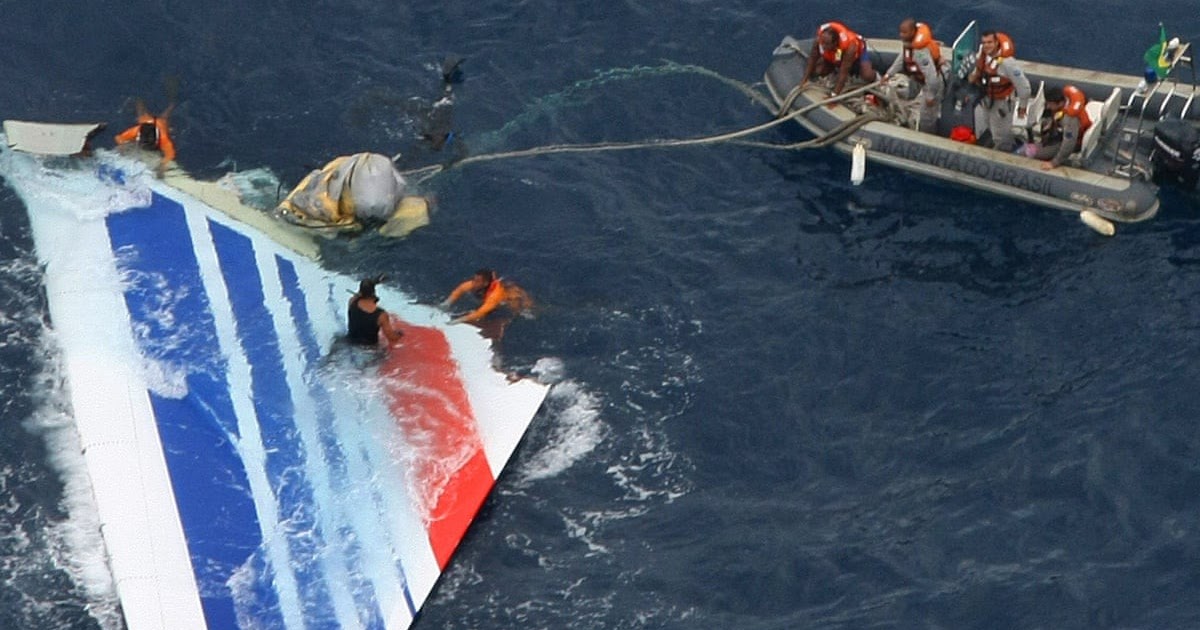What I am wondering is in the heat of the situation did they even recognize they were stalled? Did the captain barely wake up when he came into the cockpit?
I agree the captain should have taken control of the aircraft but it seems like he was confused as he came into the cockpit after the situation was out of control, and he didn't see how it all started. In my opinion he was lacking situational awareness.
I have never been in such a situation where I couldn't make sense of anything, but in the accident videos made by Mentour Pilot I have seen many accidents where the pilot did something really stupid and killed everyone when he became overwhelmed by stress. FlyDubai flight 981 is a similar accident in a way because the pilot nosed a perfectly good aircraft into the ground killing everyone and making a big crater in the runway.
I am referring to Mentour Pilot's videos because I think he explains things well because of his experience as an airline pilot for over 20 years, and his experience as a training and line check captain, training in new 737 pilots for his airline.
I know that I don't have much room to say anything for myself as I am just a student pilot. I have studied a lot of accidents though because I want to learn from other people's mistakes so I can be a safer pilot. I can say it is easy for me to say the mistakes different pilots made, but I am saying it from the comfort of my home and not in the situation they were in.
Below is the video on the FlyDubai flight 981 accident that I am talking about. It was also a perfectly good aircraft that was lost because of terrible mistakes made by the pilot.

 www.airlinerwatch.com
www.airlinerwatch.com




